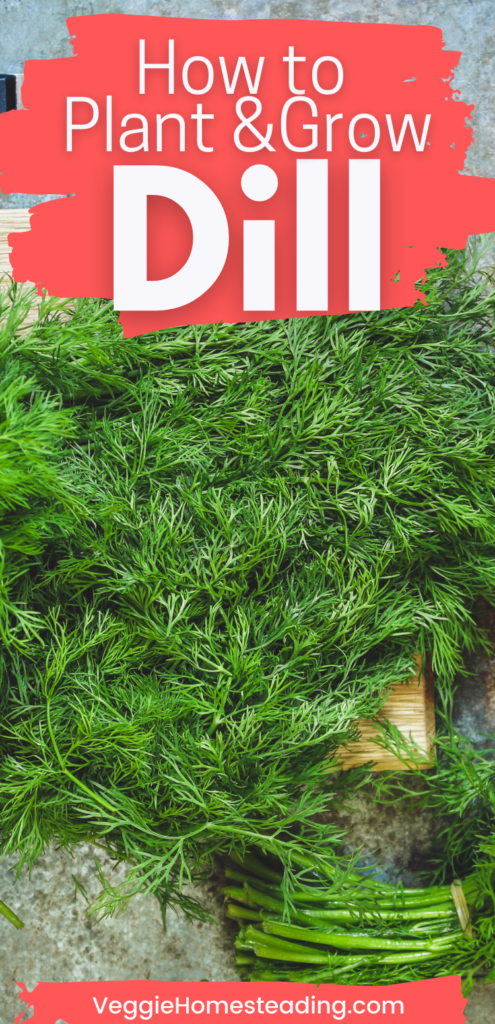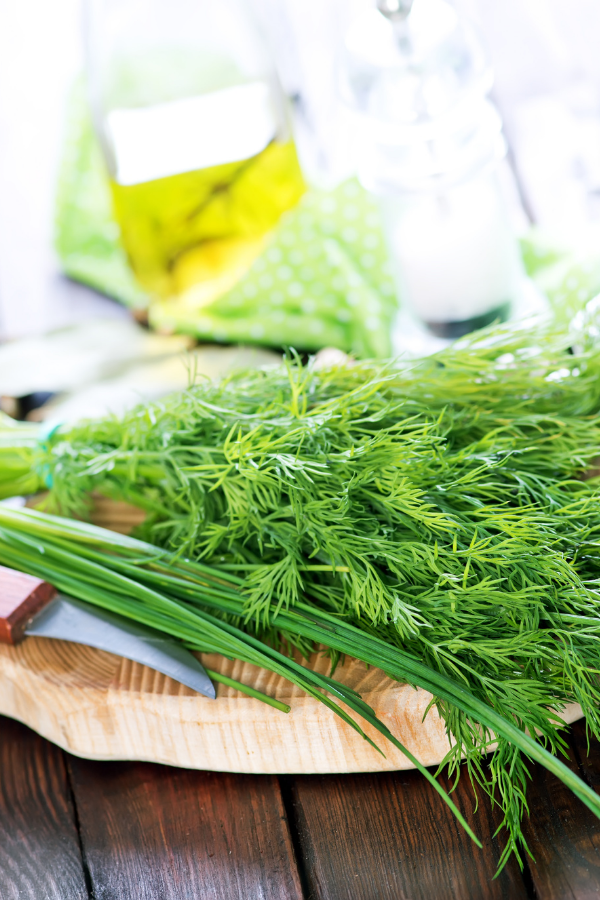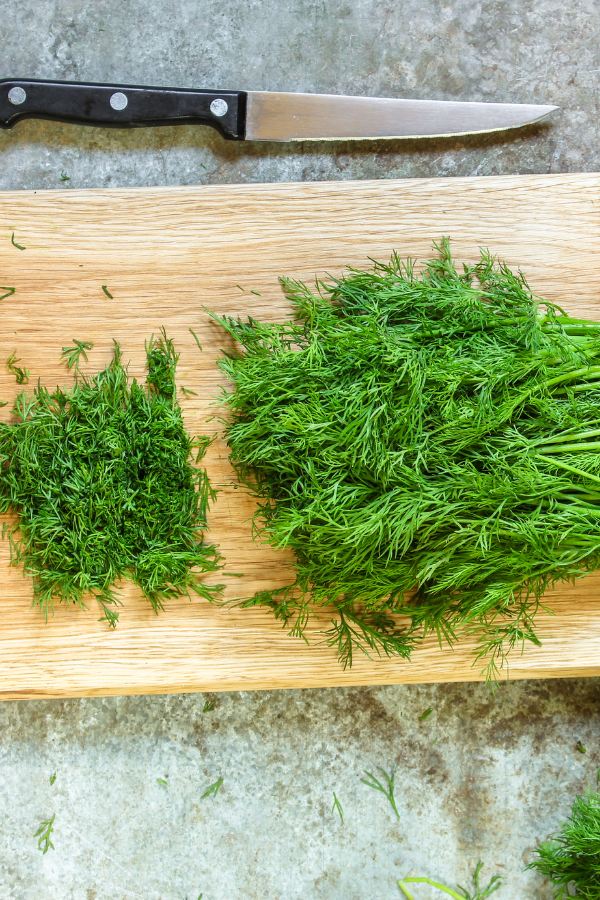These tips and information for planting and growing dill will help you in your garden or greenhouse.

Botanical Information: Anethum graveolens
Quick Facts:
has been used in ayurvedic medicines since ancient times and it is a popular herb widely used as a spice and also yields essential oil. It is an aromatic and annual herb of apiaceae family.

Starting:
Dill does not transplant easily. Sow seeds directly into the ground where the plants are to grow. Begin sowing seeds after the danger of spring frost is passed.
Spacing:
Set the seeds one-fourth of an inch deep in rows two feet apart. When seedlings are two inches high, thin them to stand 10-12 inches apart.
Companions and Enemies
Some plants can help these plants grow. Dill will grow well near other herbs such as corn, asparagus, cucumber, broccoli and brussels sprouts.
On the other hand, some plants will hinder them from growing. The most common are umbellifers and nightshades. This includes carrots, fennel, bell peppers or eggplant.

Watering :
Proper watering is essential for growing dill. Keep the soil evenly moist while seeds are germinating. Once dill plants start growing, they need about 1 to 2 inches of rain or additional water to thrive.
Light:
Plant dill in full sun; dill will tolerate light shade but will not grow as bushy.
Pollination:
Dill bears hermaphrodite flowers, which contain both male and female sex organs, and like fennel, dill is self-fertile and also pollinated by insects, mainly bees.

Common Problems
The most common problem with chives are yellow spots, downy mildew, and powdery mildew.
Harvesting
Pick for leaf harvest just before flowers open. This is when the leaves contain the highest concentration of oils. The day before harvesting leaves, spray them with water so that they will be clean and dry the day of harvest. The day of leaf harvest, pick dill in the early morning or place stems in water for two hours.
Storing & Preparing
To successfully store fresh dill, spritz whole stems lightly with a fine spray of water, wrap loosely in paper towels, and place in a sealed zip-top plastic bag. Store the dill in the vegetable bin of your refrigerator. It should last up to a week and perhaps even longer.
Dill can be used in a variety of dishes, including salads, pickling process and more.
Planting and Growing Dill can be easy with these tips.


Leave a Reply